We work with almost one million cocoa farmers to build thriving livelihoods and climate resilience through certification and training.... Continue Reading

Home » Regions » South America » Page 2
Spanning nine South American countries and 7 million sq km (2.7 million square miles), the Amazon is the world’s largest forest and is home to more than 120 indigenous groups and one in 10 known species. One-fifth of all freshwater on the planet originates in the Amazon Basin. Unparalleled in its biodiversity, the Amazon is also critical to global climate stability.

Humans have razed some 20 percent of the Amazon rainforest over the last 40 years alone, and an additional 20 percent is at risk of being destroyed—a potentially catastrophic loss that would cause this vital ecosystem to unravel. Read our response to the forest fire crisis in the Amazon.
The most important impact of our work in high-risk regions of the Amazon—self-determination—is not quantifiable. However, we continually gauge the success of our approach by measuring both ecosystem health and the economic and social well-being of our partner communities.
![]()
in Brazil nuts exported from Madre de Dios, Peru
After working with the Rainforest Alliance for four years, communities in the Madre de Dios region of the Peruvian Amazon exported more than 4,000 metric tons of shelled Brazil nuts, representing a value of nearly US $31 million. Read the study
![]()
under sustainable management in South America
We’re working with forest communities, farmers, governments, and companies to conserve the Amazon Basin and protect its precious biodiversity. Together with our partners, we’ve brought 18 million acres (7.3 million hectares) under sustainable management.
This number includes Rainforest Alliance Certified agricultural land and FSC certified forest land, including land certified by our Brazilian partner, Imaflora. Data accurate as of March 21, 2018.
Stopping deforestation in the Amazon requires bold, multi-faceted strategies that center indigenous forest communities and support their self-determination. This approach characterizes our work in the Amazon, where we work with a wide range of communities and partners to cultivate a sustainable forest economy.


Peru: Where indigenous knowledge, climate science, and global markets meet.... Continue Reading
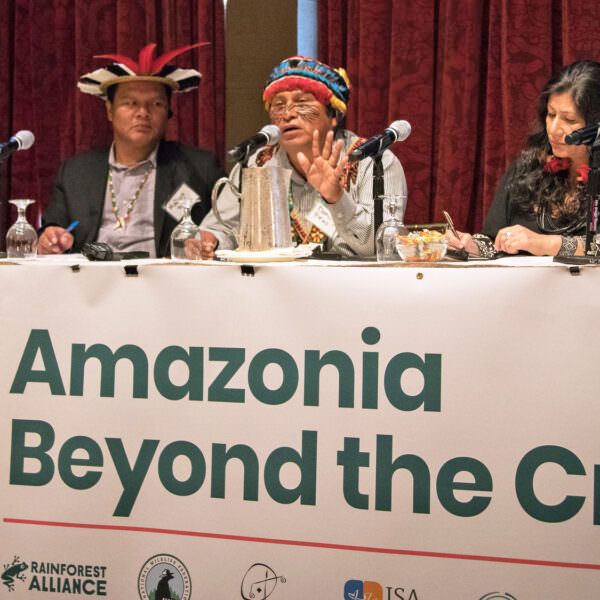
Together with our allies, we have drafted a call to action to save the world’s largest and most important rainforest.... Continue Reading
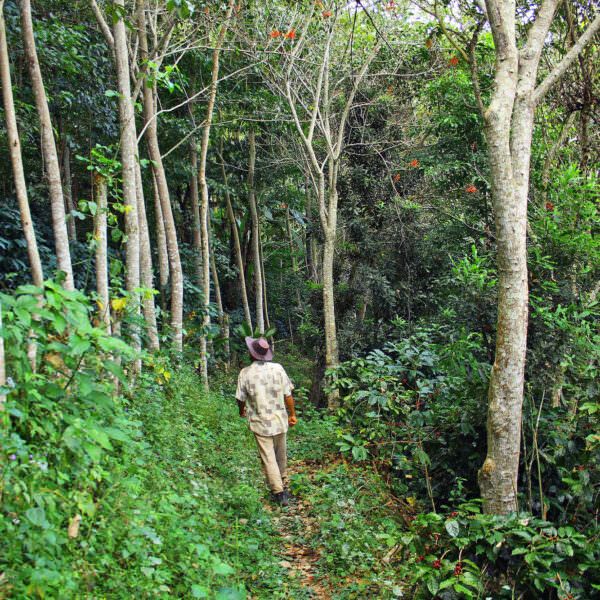
A family transformed their coffee farm into a resilient landscape—and improved their income.... Continue Reading
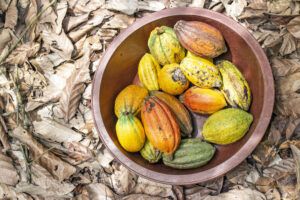
We work with almost one million cocoa farmers to build thriving livelihoods and climate resilience through certification and training.

This project will provide training and engagement to at least 37,093 workers in the avocado and berry (strawberry and raspberry) sectors in Mexico and the banana and pineapple sectors in Costa Rica.

For the Rainforest Alliance’s Claudia Medrano, preventing child labor in Guatemala’s coffee landscapes is personal
| by Claudia Medrano, Rainforest Alliance senior manager for standards and assurance in Latin America
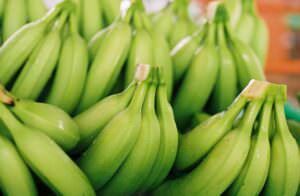
This project is promoting best practices in the banana value chain in Guatemala and Ecuador.
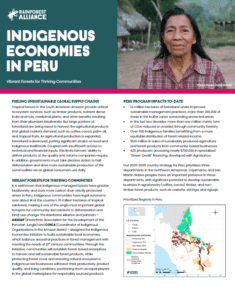
Tropical forests in the South American Amazon provide critical ecosystem services, such as timber products, nutrient dense fruits and nuts, medicinal plants, and other benefits resulting from their... View more
Available in: English
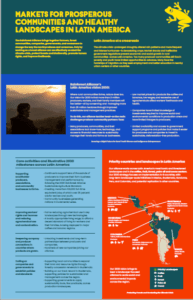
Where rural communities thrive, nature does too. Our vision for 2030 is that more than 3 million producers, workers, and their family members will live better—all by conserving and managing more than... View more
Available in: English
Your gift helps protect vital forest habitats for wildlife.
Support nature’s guardians. Act now.